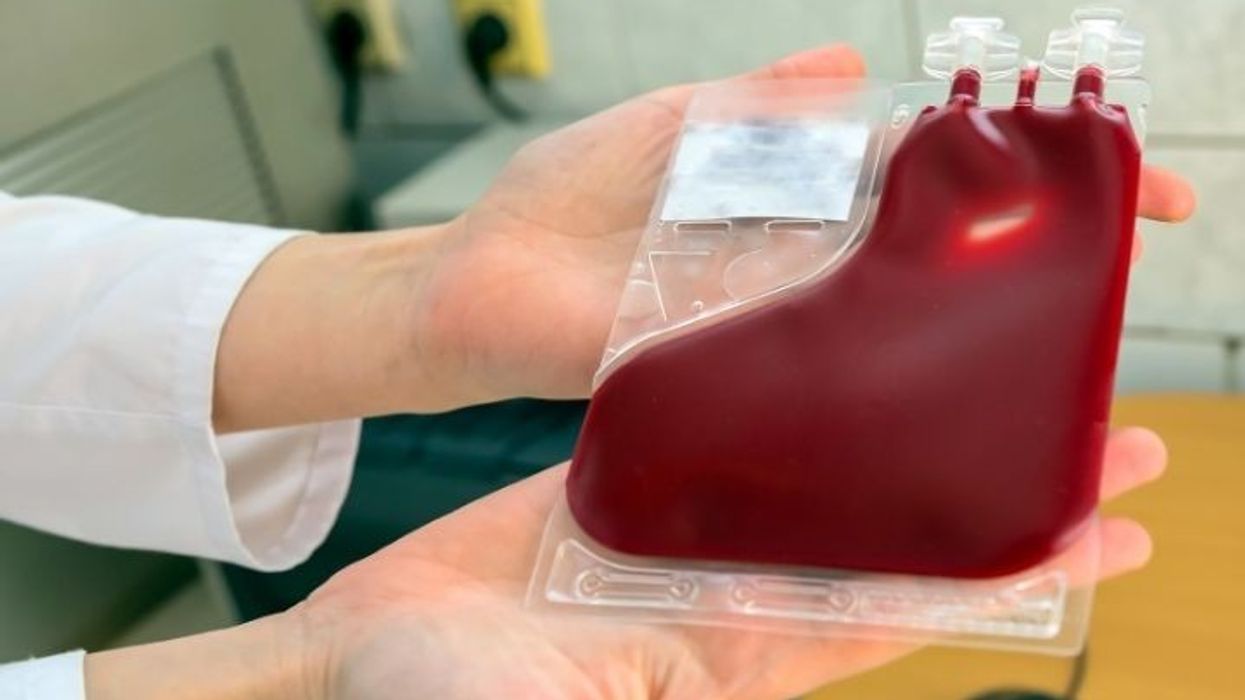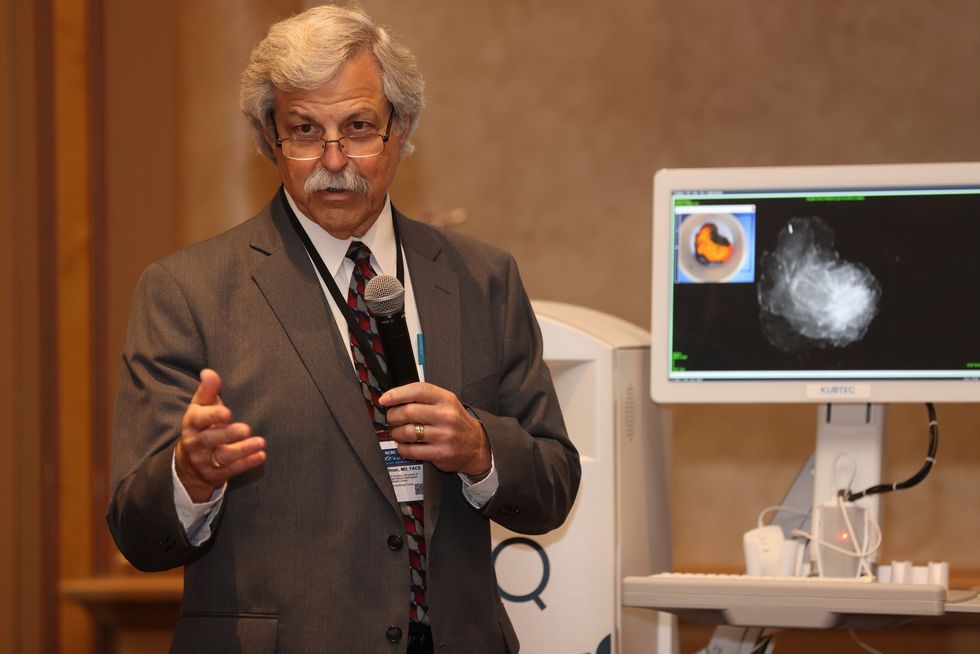July is Gastrointestinal stromal tumors (GISTs) month. GIST are rare tumors found in the digestive tract, most commonly in the stomach or small intestine. Despite advances in medical imaging and diagnostic techniques, GISTs are frequently misdiagnosed, leading to delays in appropriate treatment and poorer outcomes for patients. This article explores the reasons behind GIST misdiagnosis, its impact on patient health, and steps to improve diagnostic accuracy.
Understanding Gastrointestinal Stromal Tumors
GISTs originate from the interstitial cells of Cajal in the gastrointestinal tract, which are part of the autonomic nervous system regulating digestive processes. These tumors can vary significantly in size and malignancy, making their identification challenging. Symptoms of GISTs, such as abdominal pain, gastrointestinal bleeding, and anemia, are often nonspecific and can mimic other more common conditions like peptic ulcers or inflammatory bowel disease.
Reasons for Misdiagnosis
- Nonspecific Symptoms: GISTs often present with vague symptoms that overlap with many benign gastrointestinal disorders. This nonspecific presentation can lead healthcare providers to initially suspect and treat more common conditions, delaying the correct diagnosis of GISTs.
- Imaging Challenges: While advanced imaging techniques like CT scans and MRIs are used to detect GISTs, these tumors can sometimes be overlooked or misinterpreted as benign lesions. Small GISTs, in particular, might not be easily distinguishable from other submucosal tumors.
- Biopsy Difficulties: Obtaining an accurate biopsy of a GIST can be challenging due to their location and the risk of bleeding. Furthermore, not all biopsies provide enough tissue for a definitive diagnosis, leading to potential misdiagnosis.
- Pathological Misinterpretation: Even when a biopsy is obtained, GISTs can be misidentified as other types of mesenchymal tumors. Accurate diagnosis often requires immunohistochemical staining for specific markers like KIT (CD117) and DOG1, which may not be routinely performed.
Impact of Misdiagnosis
Misdiagnosis of GISTs can have significant consequences for patients. Incorrect initial treatment can lead to tumor progression and metastasis, reducing the chances of successful intervention. Delayed diagnosis often means that patients miss the opportunity for early surgical removal of the tumor, which is the most effective treatment for localized GISTs. Additionally, inappropriate therapies, such as the use of conventional chemotherapy, which is ineffective against GISTs, can expose patients to unnecessary side effects without therapeutic benefits.
Improving Diagnostic Accuracy
To reduce the misdiagnosis of GISTs, several strategies can be employed:
- Increased Awareness: Educating healthcare providers about the clinical presentation and characteristics of GISTs can help raise suspicion when encountering nonspecific gastrointestinal symptoms. Awareness campaigns and continued medical education are crucial in this regard.
- Advanced Imaging Techniques: Utilizing advanced imaging modalities and ensuring thorough examination of the gastrointestinal tract can improve detection rates. Endoscopic ultrasound (EUS) is particularly useful for evaluating submucosal lesions and guiding biopsy.
- Improved Biopsy Techniques: Enhancing biopsy techniques to obtain sufficient tissue samples for accurate diagnosis is essential. Fine-needle aspiration (FNA) combined with EUS can increase diagnostic yield.
- Pathological Expertise: Ensuring that biopsy samples are reviewed by experienced pathologists who can perform and interpret the necessary immunohistochemical tests is vital. Centers of excellence with specialized knowledge in GISTs should be involved in complex cases.
- Genetic Testing: Incorporating genetic testing for mutations in the KIT and PDGFRA genes, which are commonly associated with GISTs, can aid in confirming the diagnosis and guiding targeted therapy.
Gastrointestinal stromal tumors pose a significant diagnostic challenge due to their nonspecific symptoms and the potential for misinterpretation. Enhancing awareness, improving diagnostic techniques, and leveraging specialized expertise are key steps in reducing misdiagnosis and ensuring timely, effective treatment for patients with GISTs. As we advance our understanding and approach to these rare tumors, the goal remains to improve outcomes and quality of life for those affected.
Citations:
- Corless, C. L., Fletcher, J. A., & Heinrich, M. C. (2004). "Biology of gastrointestinal stromal tumors." Journal of Clinical Oncology, 22(18), 3813-3825. Link
- Nishida, T., & Hirota, S. (2000). "Biological and clinical review of stromal tumors in the gastrointestinal tract." Histology and Histopathology, 15(4), 1293-1301. Link
- Rubin, B. P., Heinrich, M. C., & Corless, C. L. (2007). "Gastrointestinal stromal tumour." The Lancet, 369(9574), 1731-1741. Link
- Demetri, G. D., von Mehren, M., Blanke, C. D., Van den Abbeele, A. D., Eisenberg, B., Roberts, P. J., ... & Singer, S. (2002). "Efficacy and safety of imatinib mesylate in advanced gastrointestinal stromal tumors." New England Journal of Medicine, 347(7), 472-480. Link
- Joensuu, H. (2006). "Risk stratification of patients diagnosed with gastrointestinal stromal tumor." Human Pathology, 37(7), 820-827. Link















 Dr. Cary S. Kaufman teaches the "Essentials of Oncoplastic Surgery" course through the National Consortium of Breast Centers, providing breast surgeons around the world with advanced techniques for optimal breast surgery outcomes.
Dr. Cary S. Kaufman teaches the "Essentials of Oncoplastic Surgery" course through the National Consortium of Breast Centers, providing breast surgeons around the world with advanced techniques for optimal breast surgery outcomes.

